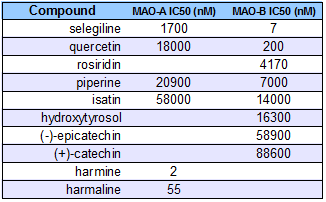Although the paper I quoted is speaking in terms of chocolate candy, the quantity of phenylethylamine in cacao is simply miniscule. This is clear. And the bioavailability is questionable (MAOI issue).
According to
di Tomasao, et al., cacao is "rich in fat"; and it is the fat that contains potentially psychoactive cannabinoids. Note that cacao
powder is partially defatted.
Cacao "butter":
http://www.scratchmommy.com/cocoa-butter-its-uhmaaazing/
The premise of this thread was mindless and ignorant, but it progressed into me posting several indications of cacao's psychoactive components, including -- in order posted -- tetra-hydro-β-carbolines, cannabinoids, salsolinol, and catechin & epicatechin. Of course, the quantity and bioavailability of all these things is highly questionable (this is even specifically stated in the papers on the THBCs and the cannabinoids article). This is all preliminary research. I also posted evidence that the rumored phenylethylamine is only a trace component of cacao.
di Tomaso E, Beltramo M, Piomelli D. Brain cannabinoids in chocolate,
Nature 1996,
382(6593):677-678
Full copy:
Code:
http://www.scienceinschool.org/repository/docs/issue2_nature_ditomasi1996.pdf


